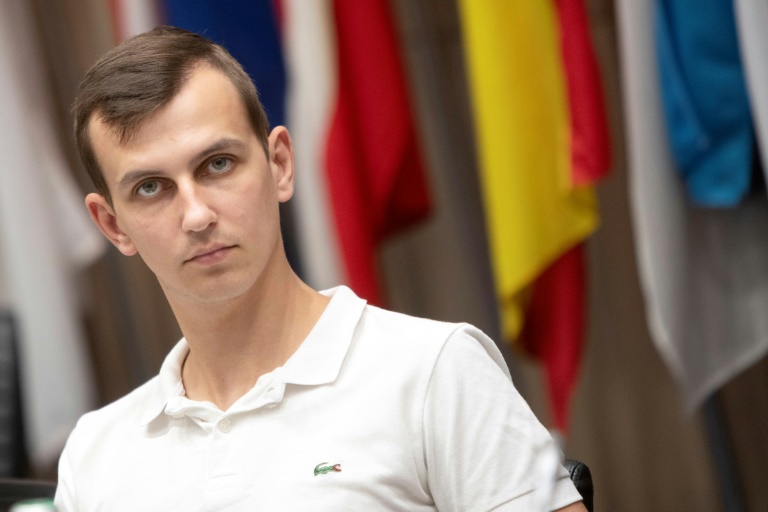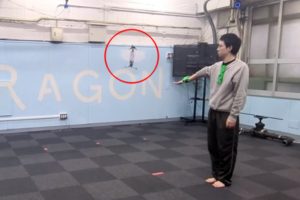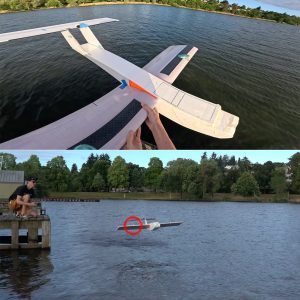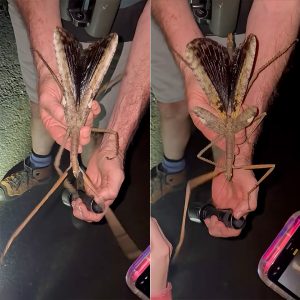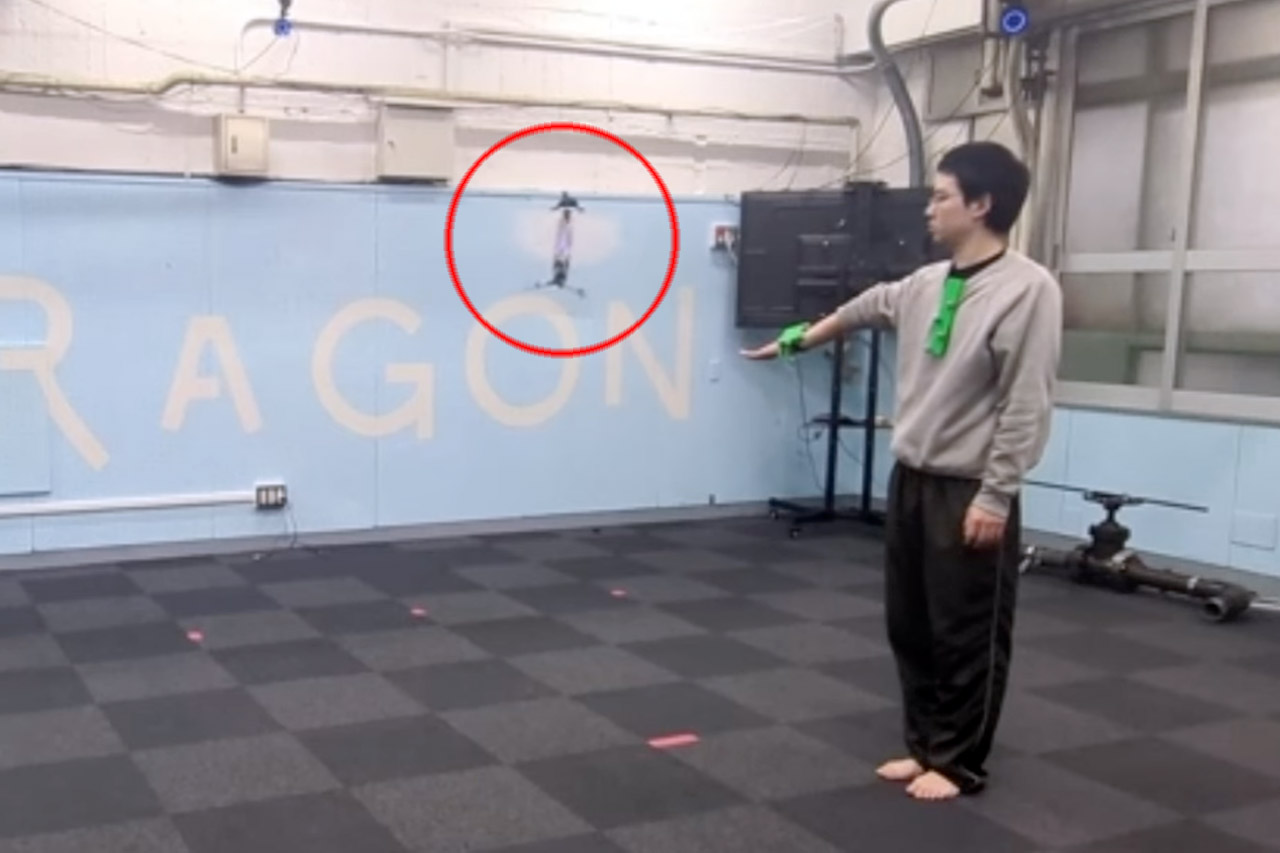
A team from the University of Tokyo’s DRAGON Lab has created a flapping-wing drone that can land on a human hand, just like a falcon. Led by Kazuki Numazato, they designed a system that combines human gestures with flight planning.
Flapping-wing drones move like birds, unlike the whirring propellers of traditional drones which can sound like a swarm of angry bees. How so? The former uses soft, flexible wings that oscillate gently. The result is a quieter, safer machine that feels less intimidating when it gets close. Their drone, the Flapper Nimble+ model, is inspired by falconry where birds of prey land on a falconer’s outstretched arm. They developed a system that can work in compact locations where fixed landing spots are difficult to find by employing the human hand as a dynamic landing platform.

DJI Neo, Mini Drone with 4K UHD Camera for Adults, 135g Self Flying Drone that Follows You, Palm Takeoff,…
- Due to platform compatibility issue, the DJI Fly app has been removed from Google Play. DJI Neo must be activated in the DJI Fly App, to ensure a…
- Lightweight and Regulation Friendly – At just 135g, this drone with camera for adults 4K may be even lighter than your phone and does not require FAA…
- Palm Takeoff & Landing, Go Controller-Free [1] – Neo takes off from your hand with just a push of a button. The safe and easy operation of this drone…
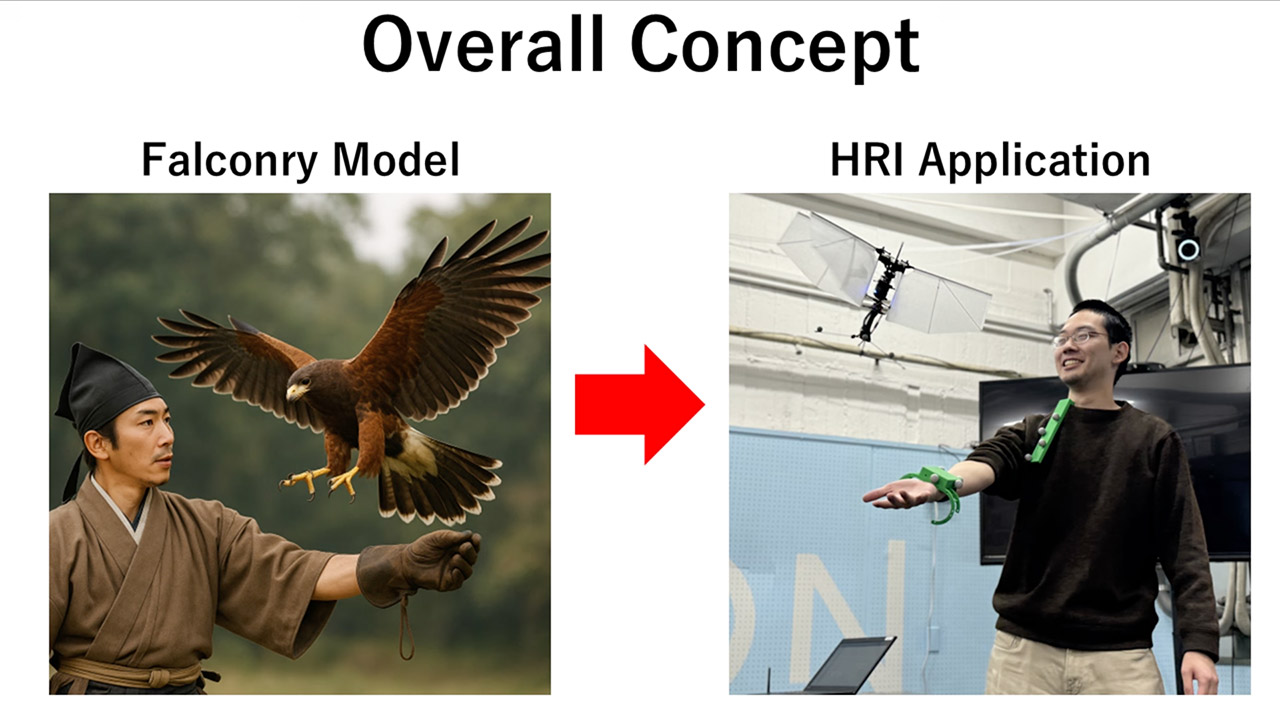
Previous research shows that a drone closer than 0.3 meters can feel intrusive. Avoiding this meant programming the drone to maintain a minimum distance of 0.3 meters from the user’s chest, slowing down as it gets close. The drone approaches from the front or side, never from behind, to keep the user at ease. Its altitude is between elbow and eye level so people can see both the drone and their hand without straining their neck.
Inspired by falconers who stretch out their arm to signal a bird to land, they designed the drone to respond to two states: “stay” and “approach”. When you bend your arm and keep your hand closer than 0.3 meters to your chest, the drone hovers in place. When you extend your arm, the drone begins its descent towards your palm. This is based on a motion capture system with 8 Optitrack Prime 13 cameras tracking markers on your chest, wrist and the drone itself. A computer processes these positions in real time and sends commands to the drone via a radio dongle.
Flight planning is where the drone’s brain really shines. The team broke the approach into 4 zones based on distance from the user. Further than 1.25 meters the drone flies straight to the palm at a steady pace. Between 1.25 and 0.6 meters – roughly the length of an arm – it slows down, using a formula based on how humans perceive speed. The drone’s velocity adjusts to keep the sense of approach constant, no sudden movements to startle. Closer in, it traces a circular path around the user’s chest to stay at a safe distance while inching towards the hand. If the hand gets too close to the chest, the drone pauses.
Experiments with the Flapper Nimble+ drone showed promising results. The drone followed its planned path with a root mean square error of 0.1695 meters, but was about 1 second behind its target position due to control system delays. Its speed oscillated slightly as it adjusted to new commands every 0.1 seconds, which could be smoothed out with faster updates or more refined planning. When the user moved the drone adapted, tracking the hand’s position and switching between hovering and approaching as needed. The landing was gentle, the drone settled onto the palm without overshooting or jarring movements, thanks to its soft wings and precise control.
This opens up new possibilities. In crowded urban areas a drone that lands on a hand could deliver small packages to a person, no landing pad required. For people with limited mobility – the elderly or disabled – a drone that comes to them could make interactions easier and more accessible.
University of Tokyo Researchers Develop Flapping-Wing Drone That Lands Like a Falcon
#University #Tokyo #Researchers #Develop #FlappingWing #Drone #Lands #Falcon

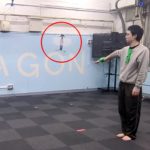 University of Tokyo Researchers Develop Flapping-Wing Drone That Lands Like a Falcon
University of Tokyo Researchers Develop Flapping-Wing Drone That Lands Like a Falcon  Darwin Nunez next club odds slashed as team makes move for Liverpool striker | Football
Darwin Nunez next club odds slashed as team makes move for Liverpool striker | Football  Trump's Middle East envoy Witkoff visits controversial Gaza aid site
Trump's Middle East envoy Witkoff visits controversial Gaza aid site  Aaron Ramsdale speaks out on what made him want Newcastle move | Football
Aaron Ramsdale speaks out on what made him want Newcastle move | Football  8/2: CBS Weekend News – CBS News
8/2: CBS Weekend News – CBS News 

